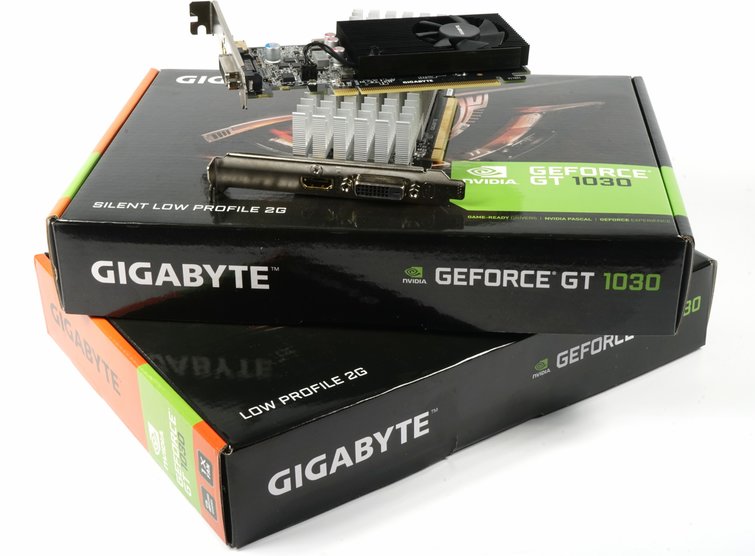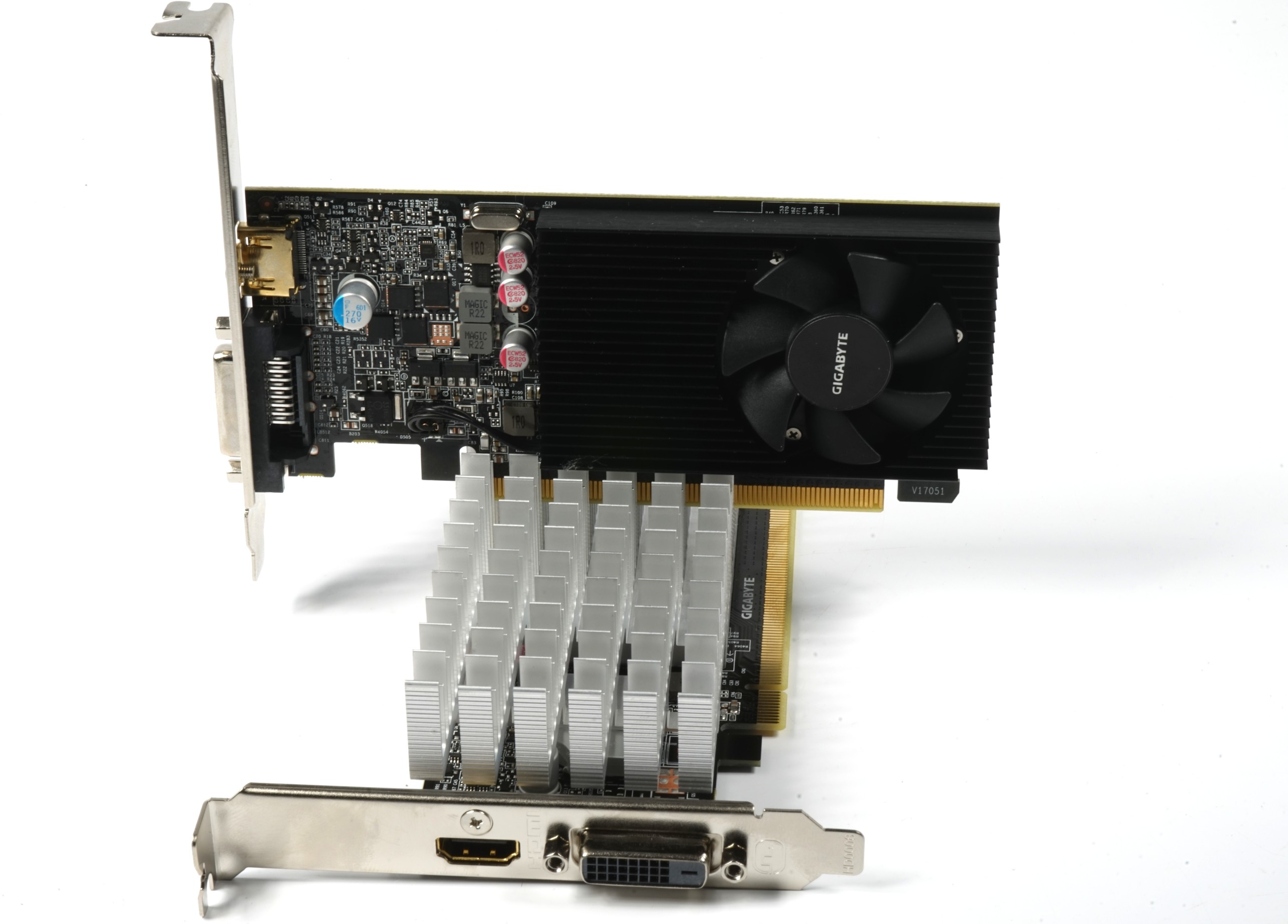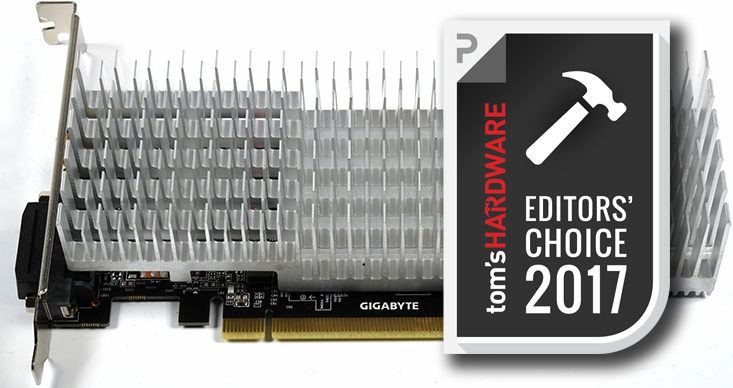Summary
Given the resource disadvantages of the GeForce GT 1030 compared to the Radeon RX 550, the smallest current Nvidia card with the GP108 actually compensates for these deficits quite well. In older, DirectX9 and DirectX11-based games, it's usually even faster or equally good, while newer DirectX12 and Volcano-based workloads like Doom are much more accommodating to AMD's GCN architecture. Dota 2 under Volcano is a kind of exception, however, as the Core i3-6320 mutated into the bottleneck in a few situations and the GeForce card coped better than the Radeon card.
Somehow we don't get rid of the feeling that the card performs a little differently than Nvidia thought. Older titles usually run better than new, so all the time in reverse with significantly higher frame rates and better quality settings. Doom and Battlefield 1 also run, but only with minimal quality settings, while old classics, of course always considered in relation to chip performance, usually run as unleashed even with 100 FPS+.

Nvidia's stated target group are, of course, gamers who want to spend around 70 euros on a graphics card and play titles like League of Legends, Dota and Rocket League, not Battlefield 1. We do not want to doubt or question that. After all, these are the same titles that AMD had on its screen when we were introduced to the Radeon RX 550.
DirectX9 and Direct11-based titles, some CPU-limited games, as well as popular eSports titles are the main area of application of the GeForce GT 1030, which can then also act faster than Radeon RX 550. The latter, however, is a tick more expensive and also requires a little more electrical power. The bottom line is a kind of stalemate, depending on the application with advantages for green or red.

And what about the competition between active and passive cooling? If you bring the place in the depth and don't want to play in Dubai at noon in the blazing sun, the passively cooled version is even better served. Silently, with cooled voltage converters and overall also more balanced, the passively cooled GeForce GTX 1030 wins the fight of the two under- and overweight sisters. Thick before thin, after all.
The fact that Gigabyte even cools the two VRM with an extra heat sink makes the card very interesting for HTPCs if it is to be passive and small. It performs in a not completely closed case without fault and reproach, so that we even give her an award, which is rather rare in this segment.
 Conclusion
Conclusion
The GeForce GT 1030 really isn't a gamer card in the traditional sense. But it is the typical entry-level and eSports card, which could, however, give the much better figure in a (silent) HTPC than many other cards. Because low-profiles AND passive AMD can't offer at the moment, even if a Radeon RX 550 has its own charm.
































Kommentieren